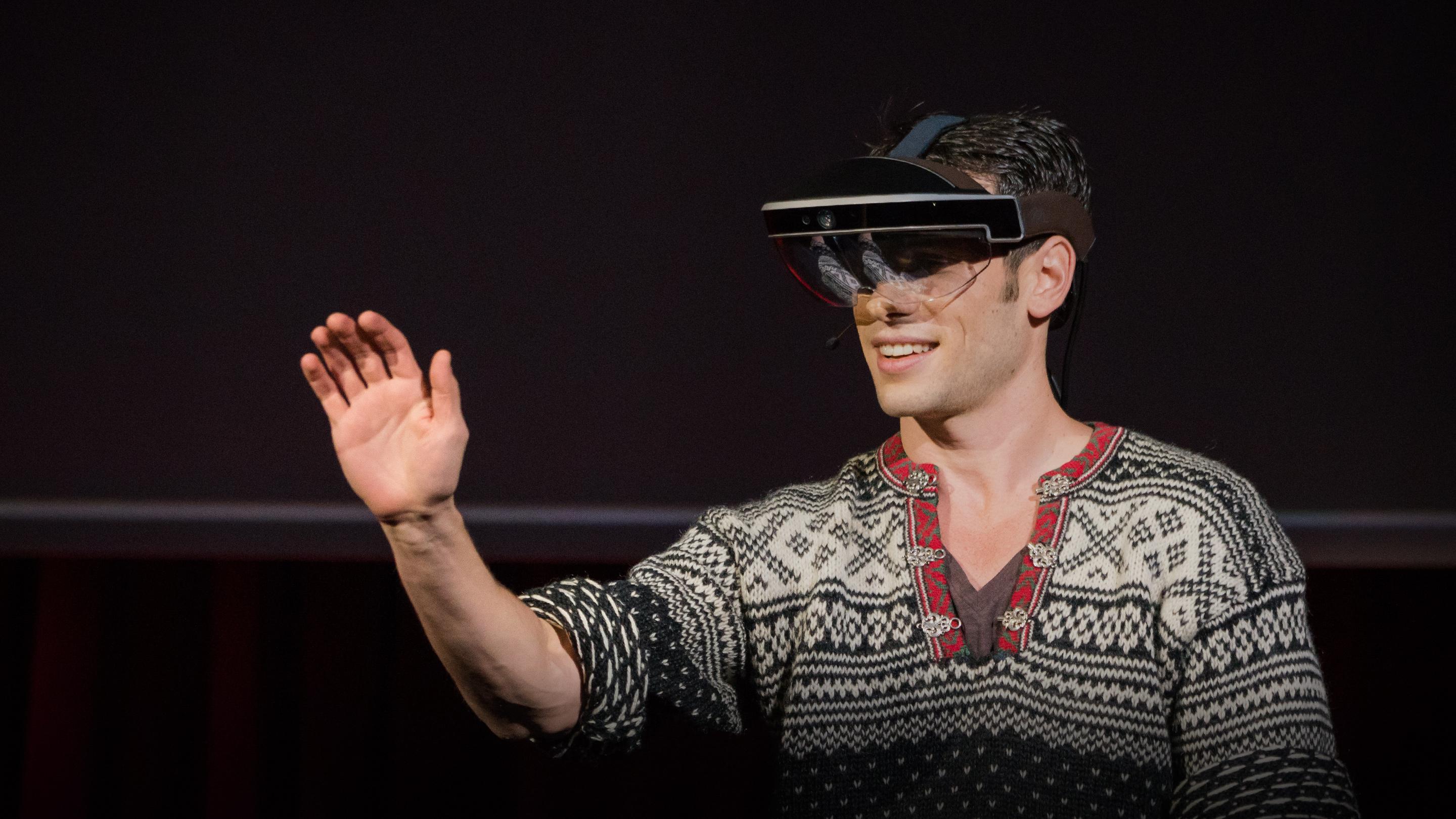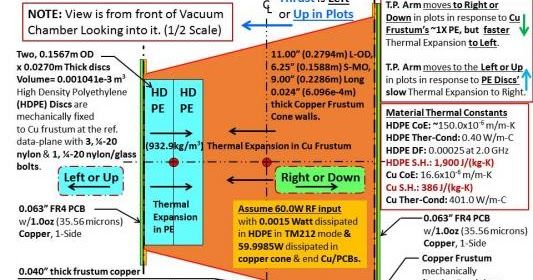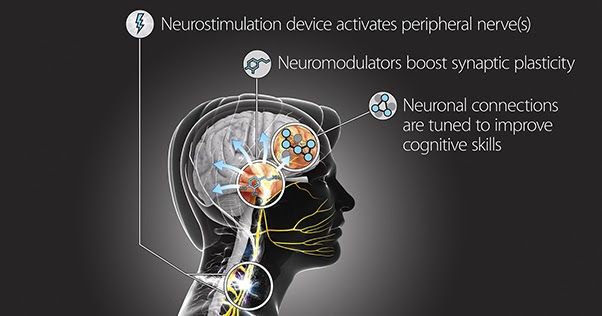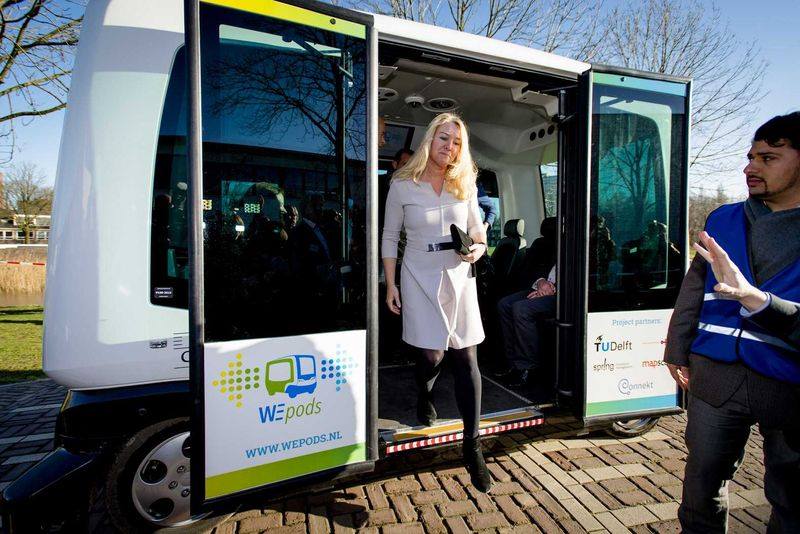Mar 21, 2016
A glimpse of the future through an augmented reality headset
Posted by Montie Adkins in categories: augmented reality, futurism
Awesome. Still, not sure masses would like such a large thing on their head. We’ll see how Occulus does. When it’s as small as any pair of glasses or shades it’ll take off I think.
What if technology could connect us more deeply with our surroundings instead of distracting us from the real world? With the Meta 2, an augmented reality headset that makes it possible for users to see, grab and move holograms just like physical objects, Meron Gribetz hopes to extend our senses through a more natural machine. Join Gribetz as he takes the TED stage to demonstrate the reality-shifting Meta 2 for the first time. (Featuring Q&A with TED Curator Chris Anderson)


















